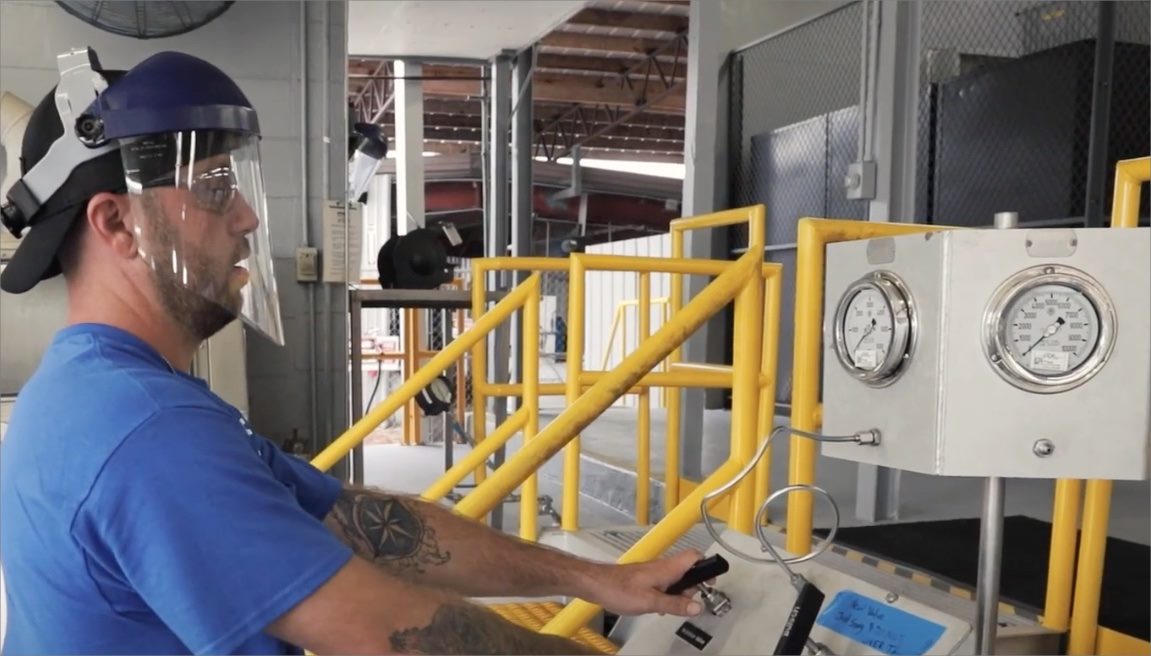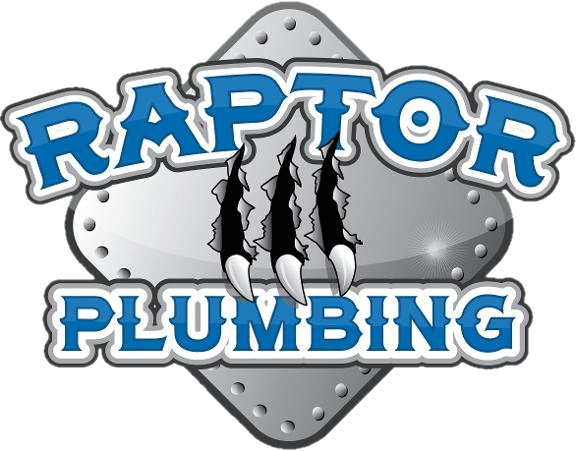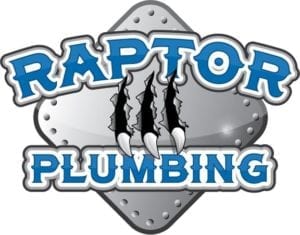Material Selection for Durability and Safety
Choosing the right materials is critical in high-pressure environments. The materials must withstand pressure, temperature fluctuations, and chemical exposure. Stainless steel, carbon steel, and specialized alloys are commonly used for strength and corrosion resistance.
Design Considerations for High-Pressure Loads
Engineering a pipe system that can handle high-pressure loads involves detailed calculations and adherence to design codes. To avoid system failure, the layout must account for expansion, contraction, and support.
Welding and Joint Integrity

Welding high-pressure pipes demands experienced professionals and high-quality equipment. Improper welding can lead to leaks or catastrophic failure. To ensure joint integrity, non-destructive testing methods, such as X-ray or ultrasonic testing, are used.
Pressure Testing and System Validation

Before a high-pressure system can be operational, it must pass rigorous pressure tests. Hydrostatic and pneumatic tests validate the system’s strength and identify any weaknesses.
Safety Protocols and Compliance
High-pressure systems pose significant risks. Installers must follow strict safety protocols, including personal protective equipment (PPE), emergency shutdown procedures, and compliance with OSHA or industry-specific standards.
Logistics and Installation Challenges
Handling large, heavy piping components and navigating tight or complex installation environments adds logistical difficulties. Coordinating equipment, labor, and safety checks requires efficient project management.
Maintenance Accessibility and Long-Term Planning
Future maintenance needs must be considered during installation. Ensuring components are accessible for inspections or replacements can save time and prevent shutdowns.
Conclusion
Installing high-pressure pipe systems presents unique technical and safety challenges. From choosing the right materials to ensuring safe operation, each step requires careful planning and execution. Understanding these challenges helps professionals design and install systems that perform reliably under extreme conditions.

